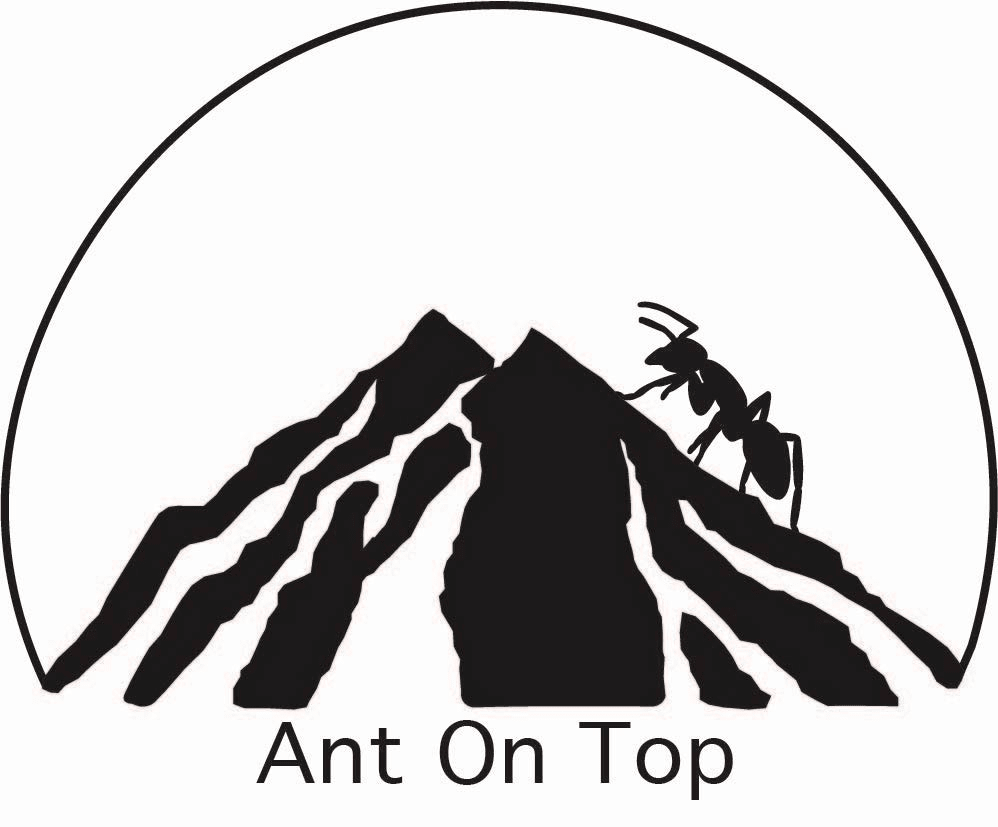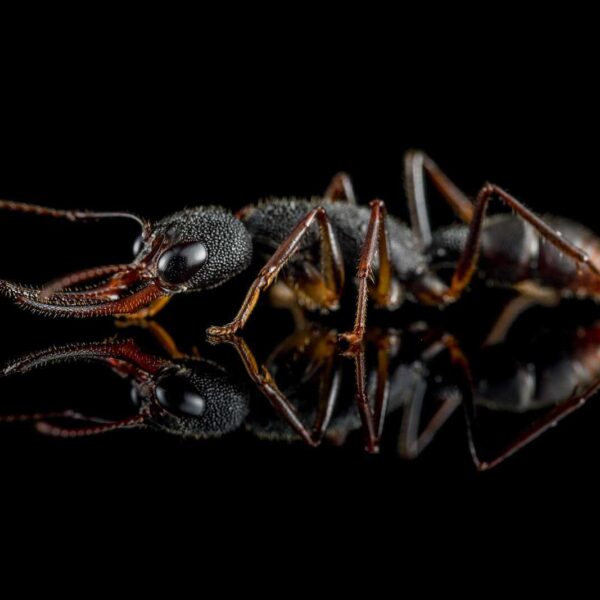The Harpegnathos Saltator Ant Colony
If you are interested in owning a unique and fascinating ant colony, then the Harpegnathos saltator is the perfect choice for you. This species, also known as the “Jumping Ant,” is well-known for its remarkable jumping ability, excellent eyesight, and distinctive coloration. In this detailed product description, we will explore the various aspects of the Harpegnathos saltator colony, including colony type, size, development rate, nutrition, habitat requirements, and more.
Colony Type and Size
The Harpegnathos saltator colony is classified as a “Gamergate” colony. This means that instead of having a traditional queen, the colony is dominated by a single reproductive female ant known as the gamergate. This gamergate reproduces and takes on the role of the queen in the colony.
When it comes to colony size, the Harpegnathos saltator colony can reach impressive numbers, with populations of up to 400 workers. These workers play a crucial role in foraging, caring for the brood, and maintaining the nest.
Development Rate
The Harpegnathos saltator colony has a medium development rate. This means that the growth and development of the colony, including the number of workers and overall expansion, occur at a moderate pace.
Size and Coloration
The Harpegnathos saltator exhibits distinct size and coloration patterns.
- Queen Size: The queen ant measures between 13-17mm in length.
- Worker Size: The worker ants are slightly smaller, ranging from 13-16mm in length.
- Color: The ants’ bodies are primarily orange, with a black abdomen, creating a visually striking appearance.
Nutrition
When it comes to feeding your Harpegnathos saltator colony, it is important to mimic their natural diet. These ants primarily consume live insects such as cockroaches and crickets. Additionally, they also enjoy feeding on various fruits, providing them with a balanced and nutritious diet.
Habitat Requirements
The Harpegnathos saltator colony has specific habitat requirements to ensure their well-being and optimal development.
- Arena Humidity: The ideal humidity range within the foraging area, also known as the arena, is between 40-60%. Within the nests, a slightly higher humidity level of 60-80% is preferred.
- Arena Temperature: Maintaining a suitable temperature is essential for the Harpegnathos saltator ants. In the arena, the temperature should be kept between 23–28 °C, while within the nests, a slightly lower temperature range of 20–24 °C is optimal.
Special Features
The Harpegnathos saltator species possesses some intriguing and unique characteristics that make them stand out among other ants:
- Sting: These ants have a sting, which serves as a defense mechanism against potential threats.
- Jumping Ability: The nickname “Jumping Ant” comes from their extraordinary jumping ability. They can leap up to an impressive 20 cm, enabling them to navigate their environments efficiently.
- Eyesight: The Harpegnathos saltator ants have exceptionally good eyesight, allowing them to spot food sources and potential dangers from a distance.
Recommended Nest for Breeding
Providing a suitable nest is crucial for the successful breeding and development of your Harpegnathos saltator colony. Here are some recommended options:
- Acrylic with Gypsum Substrate: An acrylic nest with a gypsum substrate provides a comfortable and secure environment for your ants.
- Gypsum Nest: A nest made entirely of gypsum is another excellent option, offering natural insulation and moisture regulation.
- Aerated Concrete: An aerated concrete nest is both durable and provides good temperature and humidity regulation.
- Earth: For a more naturalistic setup, an earth nest can be created, offering a closer representation of the ants’ natural habitat.
Summary
The Harpegnathos saltator ant colony is a fascinating and captivating species that will surely impress and provide hours of enjoyment for ant enthusiasts. With their unique characteristics, including jumping abilities, excellent eyesight, and striking coloration, these ants are truly a remarkable addition to any ant keeper’s collection. By providing suitable habitat conditions, nutrition, and care, you can establish a thriving Harpegnathos saltator colony, offering you endless opportunities to observe and learn about the fascinating world of ants.

















Reviews
There are no reviews yet.